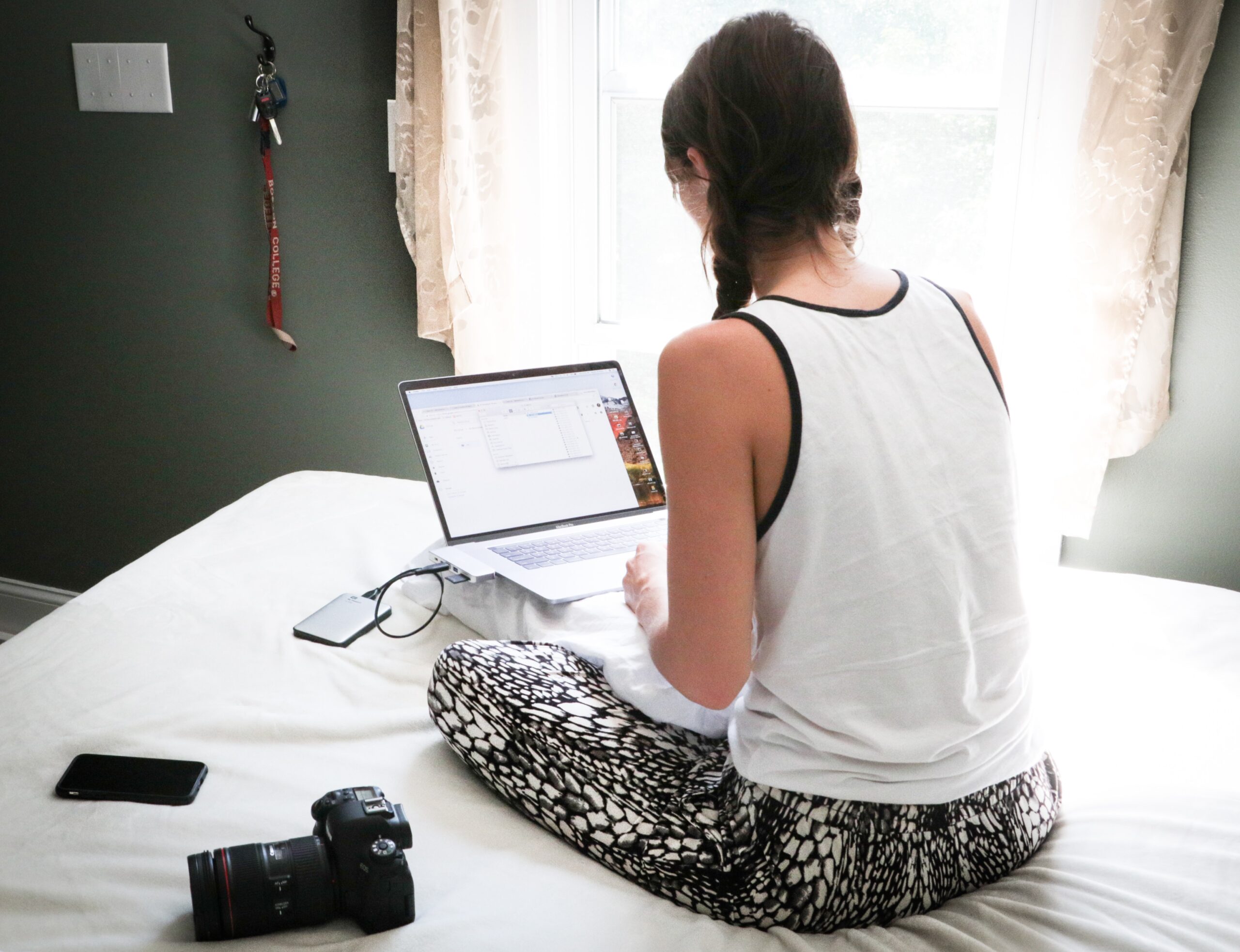Republished with permission from the Monash Education Innovation blog

Video is everywhere online. One billion hours of video are watched daily on YouTube alone (YouTube, 2019). In this post, we will provide some ideas about what kinds of videos you might consider using in your Moodle unit and why. Future posts will offer more detailed information about how to do this, including using the new Echo360 Universal Capture application.
Providing content for flipped classrooms
A common teaching approach involves presenting content to students in class and then having them do activities in their own time to develop their understanding of the content. Research shows, however, that more effective learning occurs during activities – this is commonly referred to as active learning (Johnson & Johnson, 2008). This is why many lecturers now are “flipping the classroom” (Bishop & Verleger, 2013) by giving students content to review before class and running activities during class time to maximise the support and guidance they can provide.
Video can be an excellent format for this course content. In terms of traditional, lecture-style content, videos can include captions and enable learners to replay and pause to reflect on more complex material. They can also provide close-up or slow-motion perspectives of phenomena, step by step instructions for specific tasks, access to dangerous or distant environments, and graphical representations of key concepts that add to learner understanding.
Enhancing teacher presence
Digital learning environments like Moodle offer many opportunities to augment face to face teaching and learning but some people can find that they create a sense of distance between teachers and learners. There is a significant body of research demonstrating the importance of creating social, cognitive and teaching presence in these online spaces (Hudson, 2008; (McKerlich, Riis, Anderson, & Eastman, 2011; Garrison, 2019).
The immediacy of video can be an effective way to create a warmer and more personal experience for your students in Moodle. You could add a brief video that introduces yourself and the unit and even post regular updates to tell students what is coming up or what happened each week. These can act as “advance organisers” (Ausubel, 1960) that help learners to contextualise new concepts within the unit and course, a powerful motivator for adult learners (Knowles, 1973)
Screen captures of assignment feedback and exemplars
A high-powered (but potentially more labour intensive) way to use video in Moodle is to make screen captures while grading student assignments. These videos could include audio explanations to expand on feedback that would enrich the visual notations and comments added to the assignment. If you provide your students with exemplars of assignments, a short screen capture video could be a nice way to explain what the strengths of the exemplar are and areas for students to consider in their own work.
Guest experts
Providing a recording of an interview with or presentation by a guest expert in your discipline can be a great way to add meaning to your course materials and illustrate their relevance to current practices.
Lecture capture
Many lectures at Monash are automatically recorded and/or live-streamed using Echo360 and made available in Moodle units. Feedback from students is invariably highly supportive of this as, used well, it provides opportunities for content revision and helps students that might otherwise not be able to attend the lecture to keep up (Dona, Gregory & Pechenkina, 2017). It can also mean that if a lecturer is sick or unable to deliver a lecture, recordings of previous instances of the lecture can be made available. Echo360 Personal Capture (and soon, Universal Capture) can additionally enable lecturers to record additional videos on any device and make them available alongside the other lecture videos for a unit.
What do you use?
Would you like to talk to someone about using videos in your LMS (or other online) space? Have you found other kinds of videos that enhance your teaching and learning practice? Contact your local TELedvisor – learning designer or education technologist, we’re here to help.
References:
Ausubel, D. P. (1960). The use of advance organizers in the learning and retention of meaningful verbal material. Journal of Educational Psychology, 51(5), 267–272. https://doi.org/10.1037/h0046669
Bishop, J. L., & Verleger, M. A. (2013, June). The flipped classroom: A survey of the research. In ASEE national conference proceedings, Atlanta, GA (Vol. 30, No. 9, pp. 1-18).
Dona, K. L., Gregory, J., & Pechenkina, E. (2017). Lecture-recording technology in higher education: Exploring lecturer and student views across the disciplines. Australasian Journal of Educational Technology, 33(4). Retrieved from https://ajet.org.au/index.php/AJET/article/view/3068
Garrison, D. R. (2019). ONLINE COMMUNITY OF INQUIRY REVIEW: SOCIAL, COGNITIVE, AND TEACHING PRESENCE ISSUES. Online Learning, 11(1). https://doi.org/10.24059/olj.v11i1.1737
Hudson, B. (2008). A Didactical Design Perspective on Teacher Presence in an International Online Learning Community. Retrieved from http://www.diva-portal.org/smash/record.jsf?pid=diva2:158554
Johnson, R. T., & Johnson, D. W. (2008). Active Learning: Cooperation in the Classroom. The Annual Report of Educational Psychology in Japan, 47, 29–30. https://doi.org/10.5926/arepj1962.47.0_29
Knowles, M. (1973). The Adult Learner: A Neglected Species. Retrieved from https://eric.ed.gov/?id=ed084368
McKerlich, R., Riis, M., Anderson, T., & Eastman, B. (2011). Student Perceptions of Teaching Presence, Social Presence, and Cognitive Presence in a Virtual World. Retrieved from https://auspace.athabascau.ca/handle/2149/3519
YouTube. (2019). Press – YouTube. Retrieved June 14, 2019, from https://www.youtube.com/yt/about/press/
